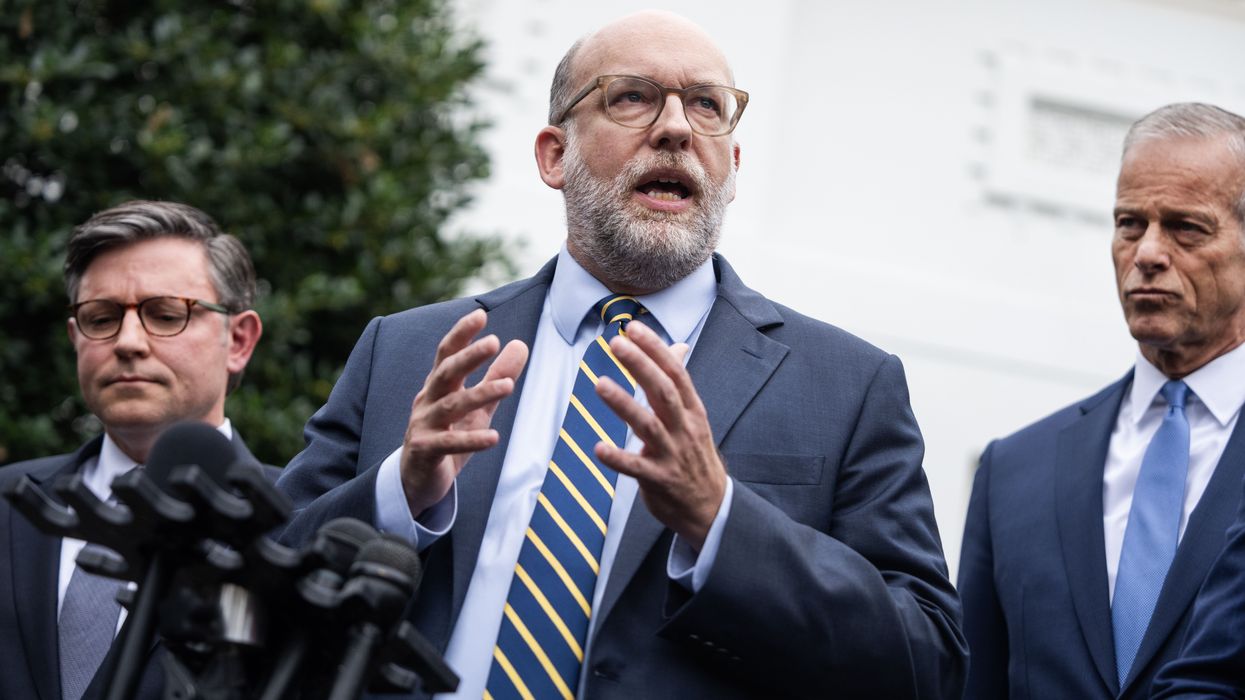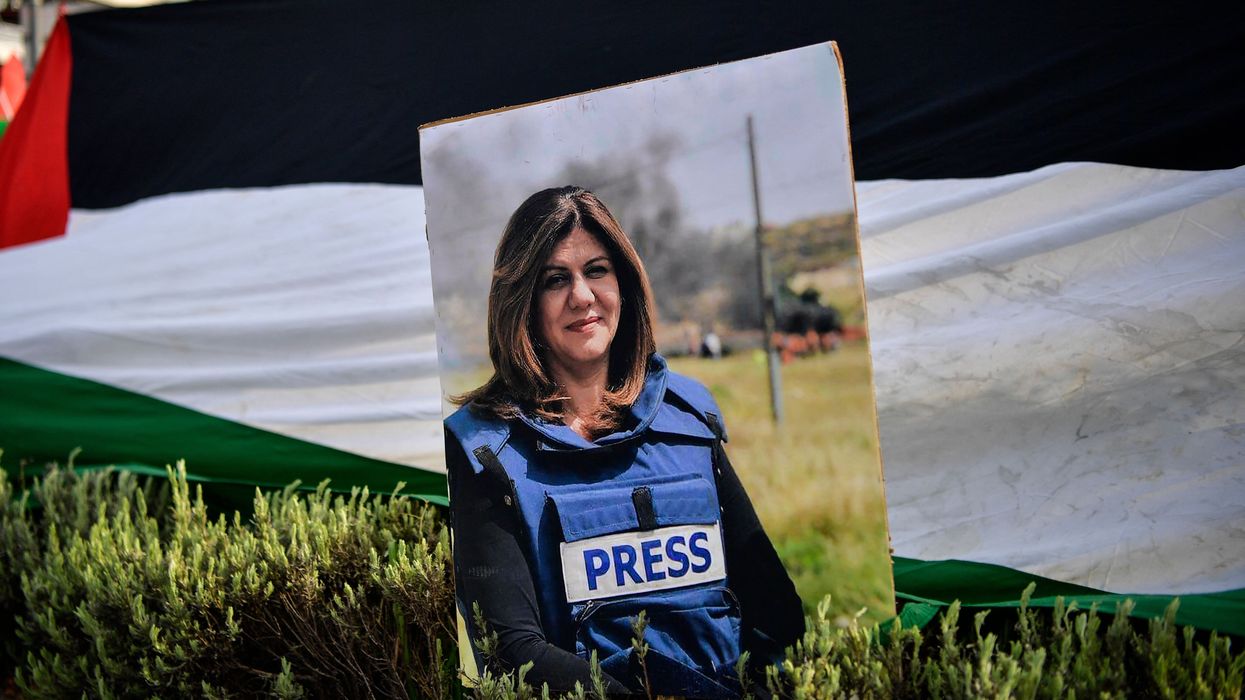The Environmental Protection Agency will not take legally mandated steps to protect clean air or the climate from coal-mine pollution, according to an agency decision announced late Tuesday. In a five-page statement responding to the Center for Biological Diversity and other conservation groups, the EPA refused to establish any schedule or plan for using the Clean Air Act to reduce the millions of tons of air pollutants produced by coal mines because the agency has "other priorities."
"Setting pollution limits for coal mines should have been a no-brainer for the EPA, since it's both vital for the health of our planet and required by law," said Vera Pardee, a senior attorney at the Center for Biological Diversity. "There's huge potential for reducing dangerous air pollution from mines while we transition away from coal and the other dirty fossil fuels that are hurting our climate and threatening our future. The Clean Air Act doesn't allow the EPA to shrug off legal obligations simply by claiming to have other priorities."
A coalition of groups -- including WildEarth Guardians, Sierra Club, the Center for Biological Diversity and Environmental Integrity Project, represented by the nonprofit environmental law firm Earthjustice -- filed a petition in 2010 asking the EPA to curtail the pollution spewed by coal mines.
The petition called on the agency to list coal mines as a source of dangerous air pollution under the Clean Air Act's "new source performance" program. This listing would require the agency to ensure the best systems of emission reduction are used to keep coal-mine air pollution in check. The EPA has set such clean-air standards for gravel mines, coal-fired power plants, coal-processing plants and dozens of other sources, but not for coal-mine pollution.
When the EPA failed to act on the petition, the groups sued in 2011 over the agency's unreasonable delay. On Tuesday, nearly three years after the petition was filed, the EPA issued what it calls a "final decision" on the petition: a statement explaining that the agency will not commit to any plan or timetable to address air pollutants produced by coal mines.
"EPA has chosen to give the coal industry a free pass to pollute while dismissing a major threat to the air we depend upon for our health, well-being and our safety," said Jeremy Nichols, climate and energy program director for WildEarth Guardians, one of four groups that filed the lawsuit. "Worse, they've turned their back on a win-win opportunity to combat global warming. With coal mines spewing methane, particulate matter and toxic orange clouds, EPA's 'decision' is a leap backwards for America."
"According to the EPA, they are just too busy to protect Americans from this source of deadly air pollution," said Joanne Spalding, managing attorney at Sierra Club. "The EPA knows better than anyone that the pollution from coal mines worsens asthma, shortens lifespans, and is heating the planet. While the EPA has taken important steps on air pollution from vehicles and power plants, they cannot ignore this critical public health threat."
Nationwide, coal mines release a noxious group of harmful air pollutants known to be dangerous and in some cases lethal, including:
- Methane: Coal mines release 10 percent of all methane emissions in the United States. A greenhouse gas with more than 20 times the heat-trapping effect of carbon dioxide, methane is also explosive.
- Nitrogen dioxide: A poisonous gas that reacts with sunlight to form ozone, nitrogen dioxide forms from blasting at strip coal mines, which creates poisonous orange clouds. In Wyoming alone the amount of nitrogen dioxide released by strip mining equals the amount normally released by 1.12 million passenger vehicles.
- Particulate matter: Dust and debris are released during all stages of mining, and in the United States coal mines release more than 17,000 tons of particulate matter annually, including more than 10,000 tons of particulate matter less than 2.5 microns in diameter, or 1/28th the width of a human hair, the most dangerous form of particulates.
- Volatile organic compounds: Gases that react with sunlight to form ground-level ozone, the key ingredient of smog. Coal mines nationwide release more than 1,790 tons of volatile organic compounds every year.
The EPA's failure to address coal mine pollution is even more inexplicable given that off-the-shelf technology exists that permits mines to operate safely while reducing or eliminating much of the pollution, especially methane. Mines around the globe are flaring methane, capturing it and putting it in pipelines for commercial or household use, or burning it on-site to generate electricity.
Overall the EPA estimates that more than 85 percent of all U.S. coal-mine methane emissions can be eliminated at a cost of $15 a ton. This cost is negligible since the health benefits alone could be as much as $240 a ton of methane reduced, according to a National Academy of Sciences study.
"EPA has chosen to ignore evidence -- much of which the agency collected itself -- proving that air pollution from coal mines is endangering our health and well-being across the country," said Ted Zukoski, a staff attorney with Earthjustice, the law firm that brought the suit. "EPA's failure to even look at coal mine air pollution shows a blatant disregard for our children, for our planet and for our future."
The groups are reviewing the EPA's "decision" and weighing legal options.
The groups' June 2010 petition is available here: https://www.wildearthguardians.org/Portals/0/support_docs/Petition_Coal....
The groups' complaint, filed in 2011, is available here:
https://earthjustice.org/documents/legal-document/pdf/coal-mine-methane...
EPA's "final" response to the petition, dated April 30, 2013, can be downloaded at
https://www.dropbox.com/s/6otv5vnw36qucs2/ENV_DEFENSE-%23642111-v1-WEG_...



